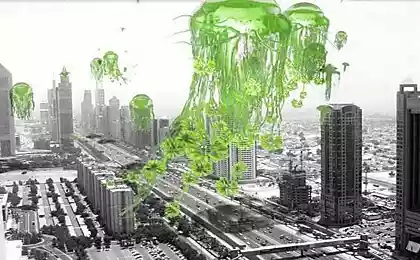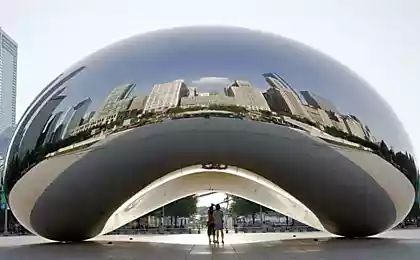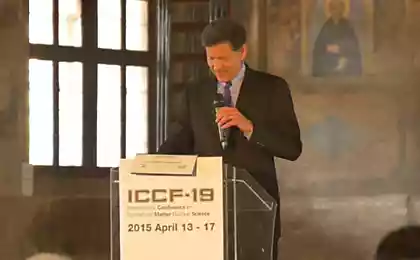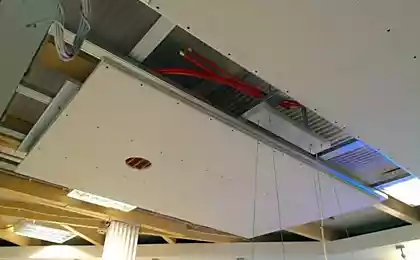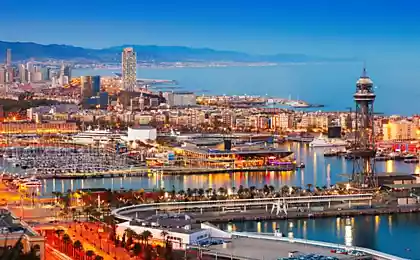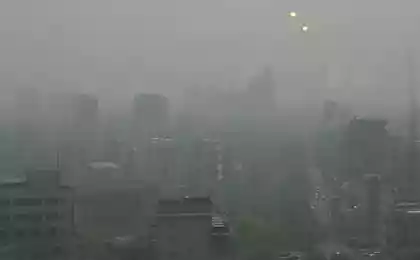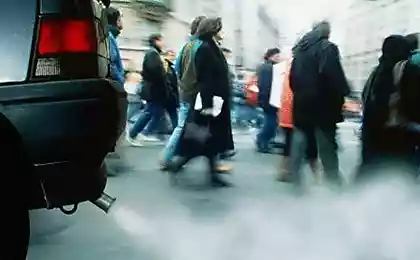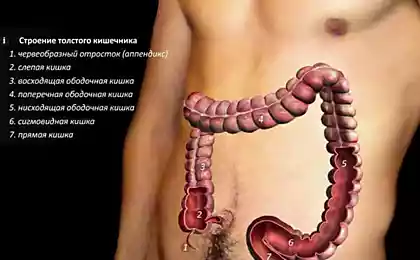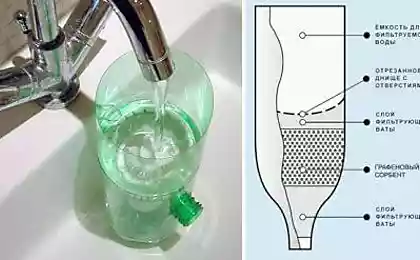222
7 Unexpected Ways to Fight Air Pollution
In the largest cities of the world, the level of air pollution is steadily increasing, and with it - and health hazards. Constantly inhaling a lot of particles along with another portion of air, any person risks significantly shortening his eyelid, and the consequences are equally catastrophic even for unborn babies. In China, where pollution remains at shocking levels, poor air quality is even affecting food crops, adding to the threat.
In March, the World Health Organization released two new air pollution forecasts claiming that seven million people died prematurely in 2012 as a result of exposure to low-quality atmospheres. This astounding figure is equivalent to one-eighth of all deaths in the world and more than twice the estimated number. WHO data confirm that air pollution is today the most serious environmental health hazard.
So what are we doing to protect ourselves from air pollution? Many cities are introducing projects aimed at luring people out of their cars and offering them more environmentally friendly ways of getting around. Environmental protection agencies of individual countries take on the industries that create the most pollution, forcing those who receive from it to pay serious sums of money for their actions.
But such activities are supplemented from other sides. Many designers and engineers believe that technology can also be an effective sword in the battle for high air quality. We offer to get acquainted with the most promising ideas.
Billboards Scientists at the University of Engineering and Technology in Peru are on their way to turning every billboard that blocks the sky into an effective tool to combat air pollution. The prototype was installed in one of the most polluted parts of Lima. The billboard mixes dirty air with water, using the basic principles of thermodynamics to actively dissolve pollutants (such as bacteria, dust and microbes) in water and produce fresh air. The creators say that a single billboard can do the work of 1,200 trees, cleaning 100 thousand cubic meters of air daily in crowded cities.
NASA's air filter You may be surprised to learn that indoor air can be much dirtier than outdoor air. After 12 years of scientific research, NASA recently unveiled Airocide, a filterless air purification system that has been proven to remove the worst pollutants from home air. For example, NASA tests revealed that the Airocide device can remove almost 100 percent of volatile organic compounds – the most harmful gases produced by products that we use in everyday life.
Concrete eating smog Recently, Italian chemist Luigi Kassar received international recognition for inventing an innovative cement coating that neutralizes pollutants and improves air quality while giving the city a pleasant appearance. In addition to being a health hazard, air pollution also changes the color of buildings. To solve the problem, Luigi Kassar developed a cement mixture containing special substances photocatalysts. With the help of sunlight, they decompose pollutants into less dangerous substances, which are then simply washed away with the rain. Thus, the new substance cleans both concrete and the surrounding atmosphere.
Buildings Speaking about the construction of air purification buildings, it should be noted that in the future we will probably go much further than photocatalytic coatings. This year’s eVolo competition for the best skyscraper design featured several concepts to combat air pollution, including the Hyper Filter. The design, which is located in large cities among enterprises and crowded streets, absorbs CO2 and other harmful gases, releasing pure concentrated oxygen into the atmosphere.
Domestic plants We’re probably all well aware that common home plants help improve indoor air quality, but the new gadget activates the cleansing potential of your plants. The Andrea Air device naturally cleanses the air, pulling it in with a quiet fan and blowing it over the leaves and root system of the plant. After that, the airflow is filtered in the water and soil and returned to the room. “This live filter accelerates the removal of harmful organic compounds and toxins with the help of an active plant system, thanks to which there is a continuous cleansing and filling of the room with oxygen,” the creators of the device say.
Supertree A few years ago, Peruvian company Tierra Nuestra debuted an air purification technology called Supertree. The device absorbs external air, then combines toxic elements from the air with water under thermodynamic pressure and as a result pumps out clean air. Among the by-products of the process are only some volumes of dirt and technical water, which can be easily drained into the sewer system. The supertree purifies about 200,000 cubic meters of air per day, eliminating polluting gases such as carbon dioxide, as well as microbes and bacteria.
Unmanned aerial vehicles Faced with pressure from environmentalists and its own citizens, China recently reported on a truly unexpected method of combating air pollution: spraying chemicals from drones. China’s state-owned aviation industry corporation is using paraglider drones to distribute chemicals that cause air pollutants to fall to the ground. Thanks to a special wing, these devices are able to carry three times more cargo (up to 700 kg) than conventional versions.
Source: facepla.net
